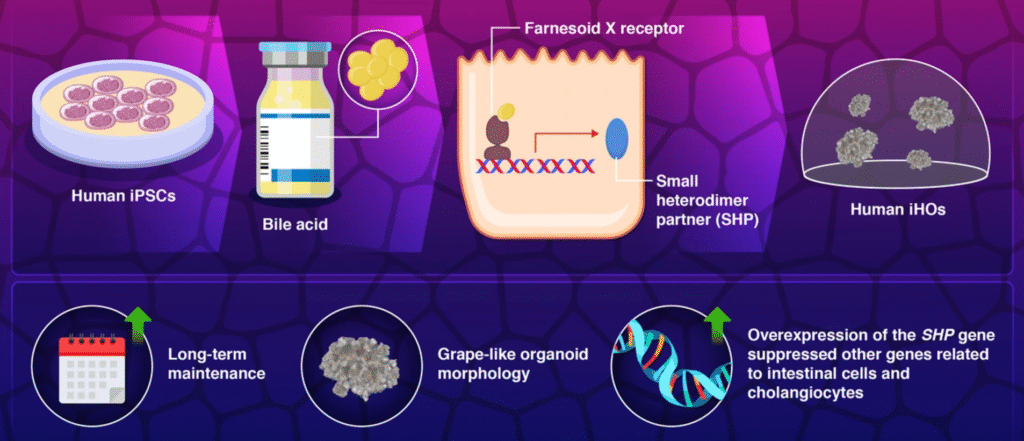Researchers from the Institute of Science Tokyo and Cincinnati Children’s Hospital have engineered liver organoids with authentic, organ-specific vasculature—marking a major leap in regenerative medicine and disease modeling. Using a novel 3D culture method called inverted multilayered air–liquid interface (IMALI), the team coaxed four types of human progenitor cells to self-organize into dome-shaped liver organoids approximately 3 mm in diameter. These included hepatic endoderm cells, mesenchymal cells, arterial endothelial cells, and liver sinusoidal endothelial progenitors (LSEPs), which are critical for replicating the liver’s unique blood vessel architecture.
The breakthrough addresses a long-standing challenge in organoid research: replicating the liver’s complex sinusoidal vasculature, which is essential for its metabolic and detoxification functions. Previous attempts to model liver tissue often lacked functional blood vessels, limiting their utility for drug testing and therapeutic applications. By successfully generating LSEPs from human-induced pluripotent stem cells and integrating them into the IMALI system, the researchers created organoids that not only mimic liver structure but also perform key functions—such as producing clotting factors.
In tests with hemophilia A mouse models, the organoids significantly improved bleeding symptoms for up to five months. They also showed promising results when exposed to human plasma samples from individuals with coagulation disorders. These findings suggest that vascularized liver organoids could serve as a platform for treating clotting deficiencies and potentially other liver-related conditions.
Beyond therapeutic use, the organoids offer a scalable and reproducible model for studying liver disease progression, drug metabolism, and personalized medicine. Because the system can be customized with patient-derived cells, it opens the door to tailored treatments and predictive drug testing. The research team plans to further explore the long-term stability and safety of these organoids, and to extend the methodology to other organ systems.
Source: Press Release
Abstract in Nature Biomedical Engineering: Self-organization of sinusoidal vessels in pluripotent stem cell-derived human liver bud organoids

